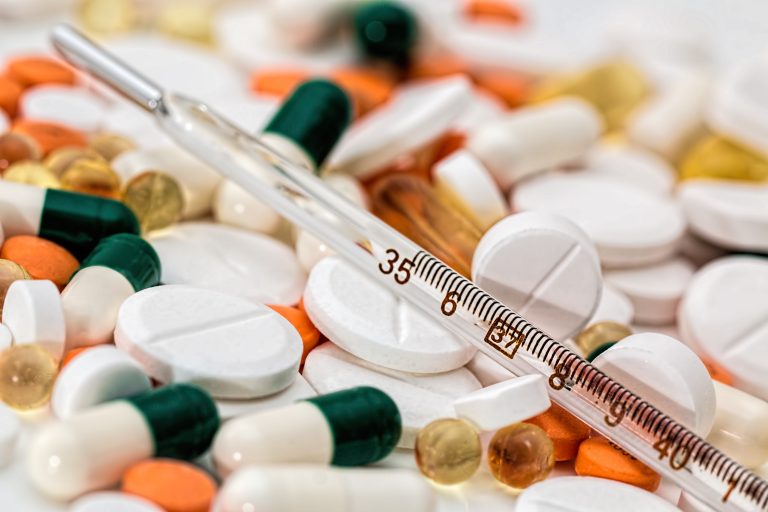If you’ve begun to suspect your loved one of using drugs, one of the most obvious tell-tale signs is whether they have any drug paraphernalia hiding anywhere. Some of these paraphernalia items, like tin foil, spoons, or straws may not jump out at you as items of concern right away, so it’s important to know what exactly it is to be on the lookout for.
In many cases, the type of paraphernalia your loved one has can help you identify what type of drug it is they’re using. We’ve compiled a list of five of the most commonly abused drugs, along with a bit of information on how they’re commonly taken and paraphernalia to keep your eye out for.
Marijuana
Why people use it: Marijuana changes the way people think while they’re high and many users feel it gives them a different perspective on things. Some people feel more relaxed when high on marijuana, while others feel more talkative and giggly.
How it’s taken: Marijuana, also known as cannabis or by its common street names weed or pot, can be taken in a few different ways. Most commonly, weed is smoked, either from a joint, a pipe, or a bong. It’s also often baked into pastries, like brownies or cakes, and eaten.
Common paraphernalia: Be on the lookout for rolling papers, plastic baggies, pipes, bongs, tweezers or metal clips (used to hold a joint), or eye drops (used to reduce redness).
Cocaine
Why people use it: As a stimulant, cocaine can make someone feel happier, more energetic, confident, and wide-awake.
How it’s taken: Cocaine is usually crushed into a fine powder, divided into lines, and snorted through the nose. Less commonly, and much more dangerously, it may also be smoked or injected.
Common paraphernalia: Be on the lookout for razor blades (used to create lines to snort), straws or rolled up bills or pieces of paper (used to snort), small pipes (for smoking), or needles and syringes (for injecting). Cocaine is often snorted off of a mirror, so also keep an eye out for mirrors with straight, uniform scratch marks.
Heroin
Why people use it: Like other opiates, heroin causes users to feel happy, relaxed, and even euphoric. It is, however, extremely addictive.
How it’s taken: Most often, users will heat heroin on a surface like tin foil or a spoon, and inhale the smoke that comes off it. It is also often dissolved in water and injected. This method brings with it a greater risk of overdose.
Common paraphernalia: Heroin requires a lot of paraphernalia, but the most common items to look for include lighters, spoons, tin foil, needles and syringes, and belts or cords (used to tie off the arm in preparation for injection).
Benzodiazepines
Why people use them: These drugs often help people relax after a big night out of partying and taking stimulants.
How they’re taken: Benzodiazepines, or benzos, are a group of drugs known as tranquilizers or “downers”, and include brand names like Xanax and Valium. These drugs come as tablets or capsules and are usually swallowed, but can also be crushed and injected.
Common paraphernalia: Look out for pill bottles and pills themselves. Xanax pills are football-shaped, with the word “Xanax” on one side. Valium pills are round tablets with the letter “V” cut out.
Methamphetamine
Why people use it: Methamphetamine is another highly addictive stimulant. The high causes users to feel exhilarated, awake, and alert.
How it’s taken: Methamphetamine, or meth, comes in many forms and is commonly smoked, snorted, injected, or swallowed.
Common paraphernalia: Different types of paraphernalia will be required to use meth, depending on how it’s being taken. Common items to look out for include long, cylindrical glass pipes, lighters, tin foil shaped into a bowl, straws, syringes, and razor blades.
What to Do if You Find Paraphernalia
Finding drug paraphernalia in your loved one’s belongings can be devastating and it’s not necessarily clear what to do next if you’ve never been in a situation like this before. If you believe your loved one is suffering from an addiction, it’s important to help them into treatment as soon as possible.
Talk to your loved one about his or her addiction as soon as you can and encourage them to seek help. Certain addictions may be harder to recover from than others, but everyone is capable of achieving lifelong recovery. If someone you love is struggling with substance abuse, know that help is out there. At Any Length, we have trained recovery specialists standing by, ready to help anyone on their journey toward lifelong recovery. To start on this journey, give us a call today at (512) 746-7036.

